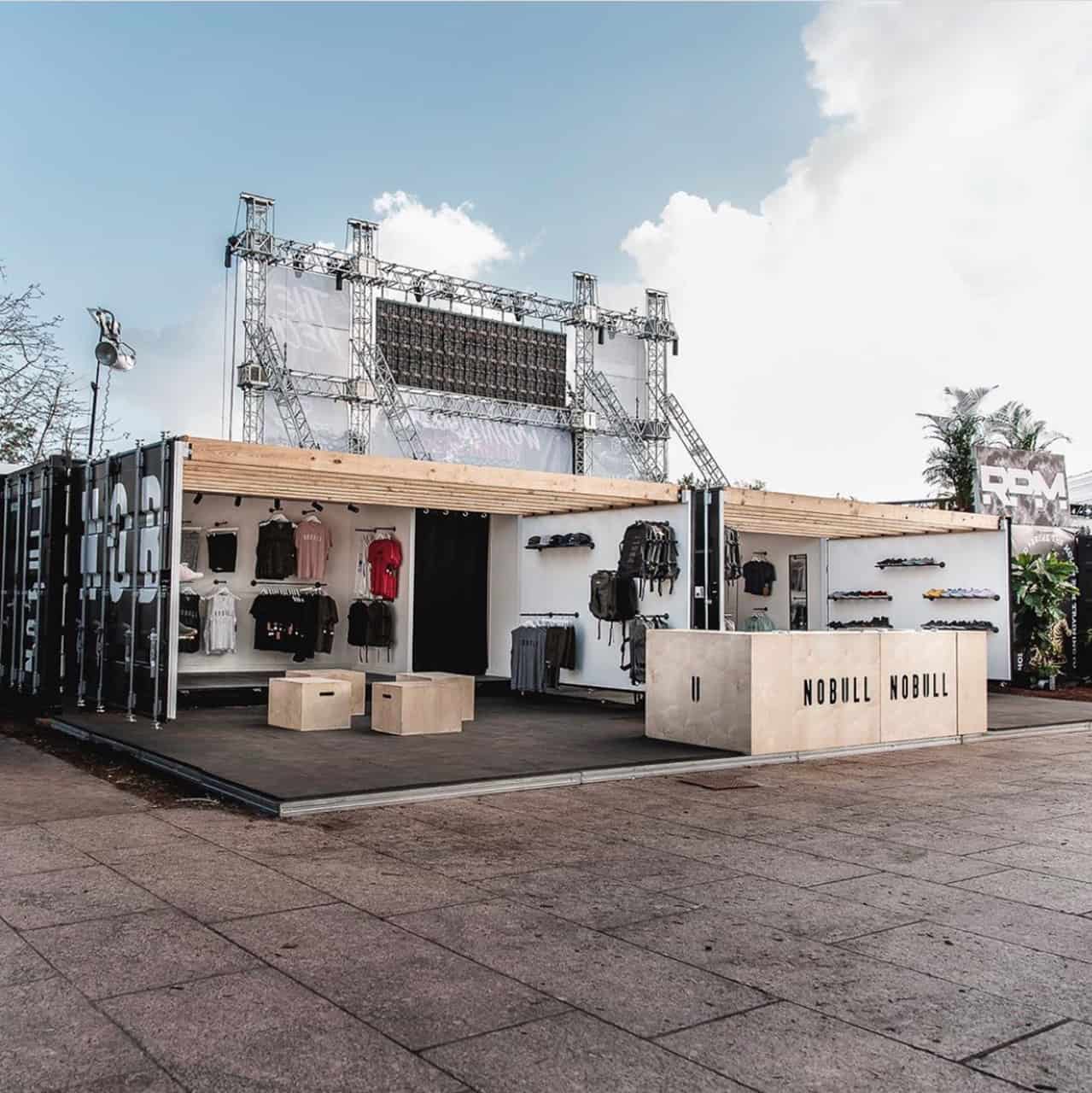Building your very first house should be exciting, as it denotes a hallmark achievement in your life. Think of this as a chance to unleash your creativity. Most of all, you get to design a structure that you and your family call home. This in itself instills an extra-special feeling of accomplishment.
Consider the amenability of shipping containers for sale near Seattle as your initial engagement in home construction. Their cost-efficiency alone should inspire your endeavor. In fact, they cost 30 percent less to build than if you go with traditional brick and mortar.

Apart from cost-effectiveness, you can benefit from containers’ ability to withstand the harshest of weather conditions and even an earthquake. At the same time, building a house from a shipping container usually takes less than a month. Comparatively, you must wait around 4-6 months before moving into a brick-and-mortar home.
Because of these advantages, Americans are increasingly turning to shipping containers to build their homes. To help you out, heed the following guidelines for converting a container into a home.
Get the Permits
Remember to secure all the necessary permits before the construction begins. Also, study the codes of your city and county. This will prevent the frustration of starting the construction only to halt it and redo the paperwork if not some of the work itself.
Plan the Size
You should also ascertain the size of the home you will be building. The size of the structure will obviously determine how many containers will be needed. It will also determine the dimensions of your foundation.
Determine Shipping Container Modifications
Once the size is determined, think of modifications required to make the shipping container a livable space. Decide on the number of doors and windows needed to meet your preferences. Especially in regions typically gray and wet, such as Seattle, you want to invite as much natural light as possible. Also consider energy efficiency when installing doors and windows.
The moment all of your modifications are settled, the containers will then be cut according to your specifications and delivered to your home site.
Securing Units to the Foundation and Each Other
The moment the containers arrive, it’s time to attach them to the foundation as well as each other. Make sure your containers are level, secured and locked in place before any more work ensues.
Install Modifications and Interior Features
With containers in place, it’s time to turn them into a residential unit. This means installing the doors and windows. At the same time, work on the interior should commence as well, including plumbing, insulation and electrical wiring. The heating and cooling systems must also be installed. All your new home then needs is furnishing.
When you follow these steps, your container-turned-home project should run smoothly and, hopefully, without a hitch.
Sources:
How To Build A Shipping Container Home With A Small Budget, containerhomeplans.org
The Pros and Cons of Building with Shipping Containers, aadhan.org
How to Build a Shipping Container Home, residentialshippingcontainerprimer.com









